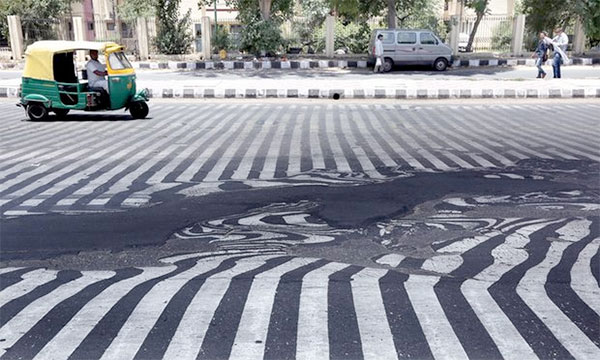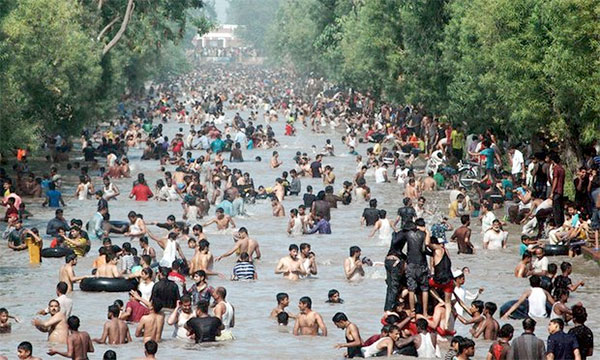News
Workers face 'epidemic of heat-related injuries' due to climate change

Workers in fields and factories face an epidemic of heat-related injuries that will devastate their health, income and productivity as climate change takes hold, a major UN report has warned.
Productivity losses alone could rise above $2tn by 2030, as outdoor employees in many regions slow their pace, take longer breaks and shift their work to cooler dusk and dawn hours.
The effects of heat stress brought on by a warming world are already evident among the 4 billion people who live in the tropics and subtropics, says the report, Climate Change and Labour, which was jointly produced by the International Labour Organisation (ILO), UN Development Programme and the World Health Organisation.
In west Africa, the number of very hot days each year has already doubled since the 1960s, with an increase of around 10 sultry days each decade.
Matthew McKinnon, the manager of the UN’s climate vulnerable support forum, told the Guardian that increased incidence of heat stroke was only the most dramatic evidence of the problem he encountered on a recent trip to Ghana.
He said: “Teachers were complaining that it was too hot to teach children in schoolrooms which had no air conditioning. The children were also exhausted. We had truck drivers who were complaining that the rates of tyre bursts was increasing a lot because of the heat. Farmers too were worried that they had to spend too much time in open fields in the hot season.”
Around 2% of daylight hours are predicted to be shaved off the working day in west Africa, south Asia, and 10 regions in Asia, Africa and Latin America by 2030, potentially creating an epidemic of heat-related injuries.
“If temperatures climb beyond 2C, it would really be a problem on that scale in the tropics and sub-tropics,” McKinnon said.
More than half of the workforce in many middle- and low-income countries is already exposed to heat hazards, which also affect workers in factories that have inadequate air conditioning and ventilation systems. This is in turn can make normal work impossible.
“When heat is at a maximum threshold and it continues to get hotter, there are limitations to what people can do,” McKinnon said.
If ambient temperatures rise above the body’s median 37C, a person can only continue working by expelling heat through sweat evaporation. Where high humidity or clothing requirements prevent this, the only way to avoid dehydration and ultimately, clinical heatstroke is through reducing the work rate, resting and drinking as much water as possible.
Heat-related health breakdowns would have a gender dimension, hitting men who traditionally slog through heavy-lifting jobs, and pregnant women who are forced to work for economic reasons, especially in rural areas.
The worst-affected areas in the century ahead will likely include countries such as Bangladesh, Cambodia and Burkina Faso which had already lost 2-3% of their available daylight work hours by the mid-1990s due to heat extremes.

Pakistanis cool off in a canal during heatwave in June 2015. Photograph: Sajjad/Xinhua/Alamy
Even if the Paris agreement succeeds in limiting global warming to 2C, 10-15% of daylight work hours will be lost in vulnerable countries by the century’s end, says the study which bases its estimates on the UN climate science panel’s latest findings.
“Limiting warming to 1.5Cas enshrined in the UNFCCC Paris agreement would still result in a substantial escalation of risks but increases the viability of adaptation measures and contains the worst impacts in health, economic and social terms,” the report says.
The paper calls for low-cost measures such as guaranteed access to drinking water in workplaces, frequent rest breaks, management of output targets, and a protection of employee’s incomes and conditions.
However, more labour disputes to protect vulnerable workers - and apply the ILO’s guidelines on climate change – are all but inevitable as the century advances, according to the ILO.
Moustapha Kamal Gueye, an ILO spokesman, said: “Climate change is going to be a major issue for unions in the years ahead. It is a significant problem already and workers and unions are far ahead of governments and employers when it comes to putting on pressure about the urgency to take action.”
Original Post: http://www.theguardian.com/environment/2016/apr/28/workers-epidemic-heat-related-injuries-climate-change-un-report